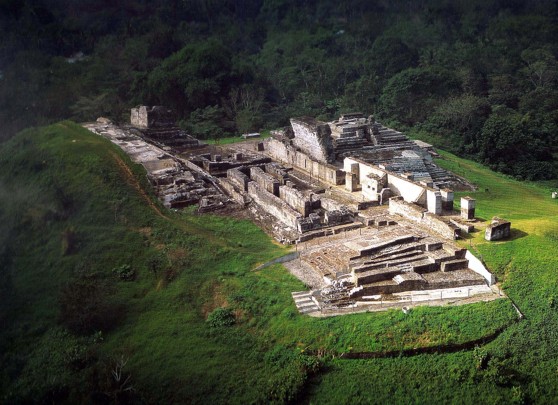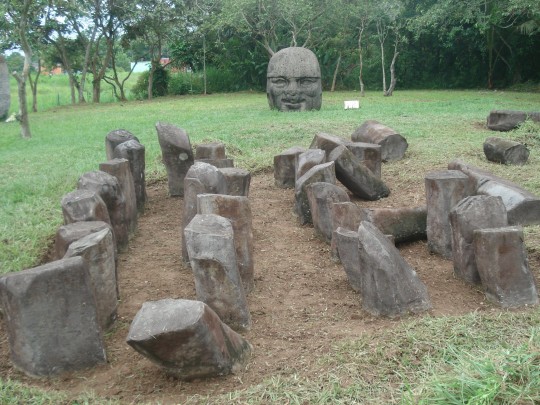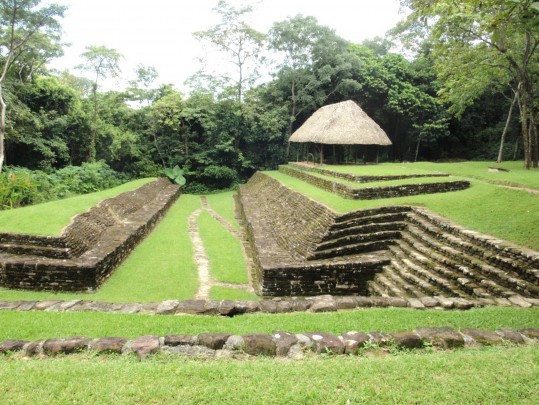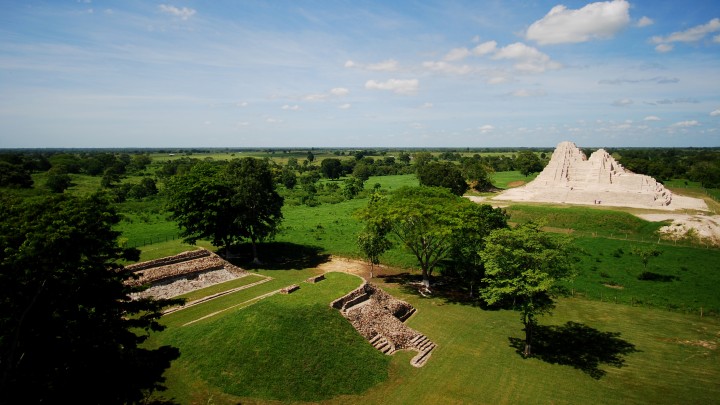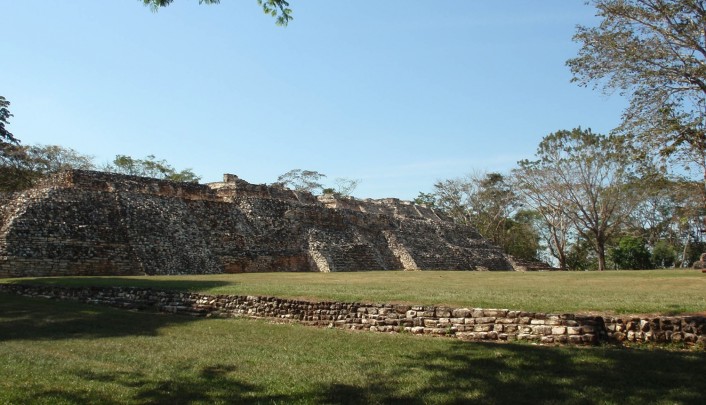Archeological Sites
5 Sites
This port city was the most western settlement of the Mayan culture and was occupied for a little over 1000 years. Its earthen architecture is distinguished by its brick cladding and mortar using lime from oyster shells.
Tabasco
Sureste
1817
One of the first cities of ancient Mexico (1200-400 BC), set in a region of lush vegetation. The imprint of the mysterious Olmecas appears in the urban layout, the amazing stone sculptures—some of them weighing up to 35 tons—and the jade offerings found here.
Tabasco
Golfo
1818
This site is characteristic of the Zoque culture, close to the Olmec and the Maya, but different. Thirteen hundred years ago its founders flattened the irregular terrain and formed artificial terraces on which to erect their delicate constructions, as well as producing fine pottery.
Tabasco
Sureste
1820
From a small village it developed into an important point of control for the trade between Petén and the Gulf coast, via the river San Pedro in Tabasco, over a period of 1,700 years. Splendid walled pyramids and filigree inscriptions testify to its alliance with Calakmul and Palenque.
Tabasco
Sureste
1821
Rich stelae, sculptures, tablets, and hieroglyphic inscriptions allow us to learn about its governors and the relations it had with other cities in the region. An independent political entity (600-800 AD), it played a vital role in the trade along the Usumacinta River.
Tabasco
Sureste
1822

